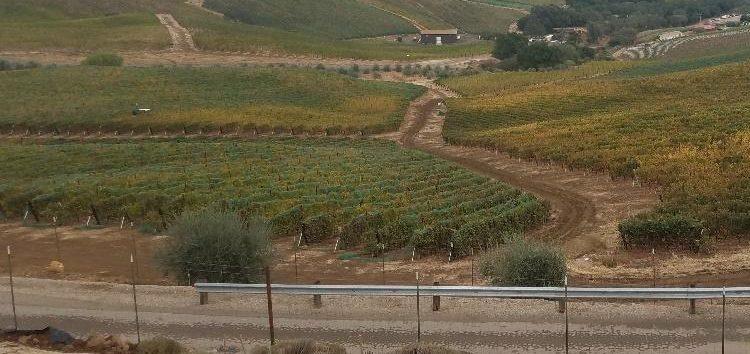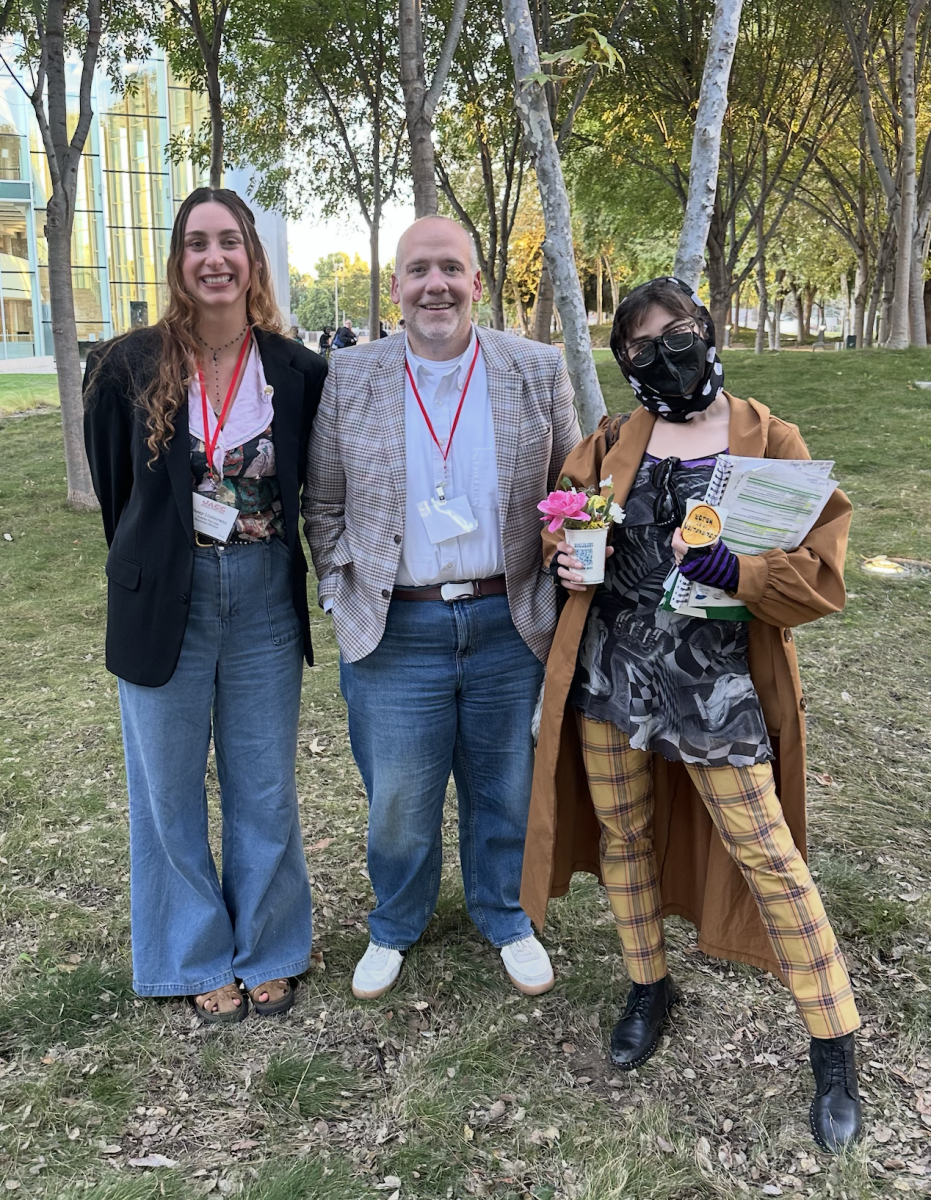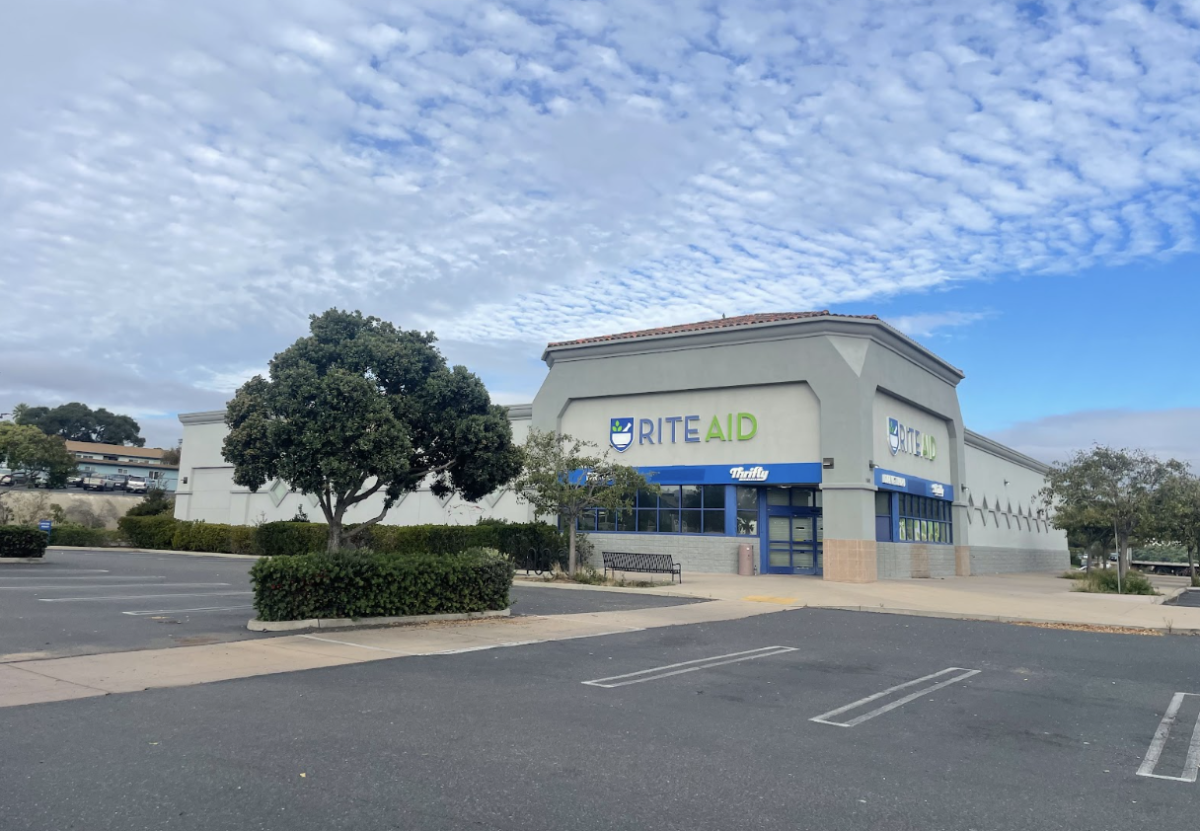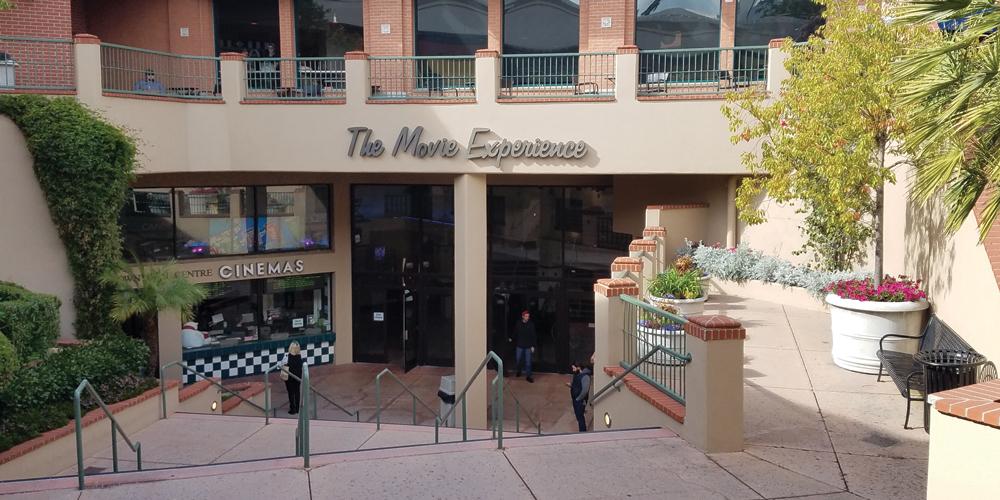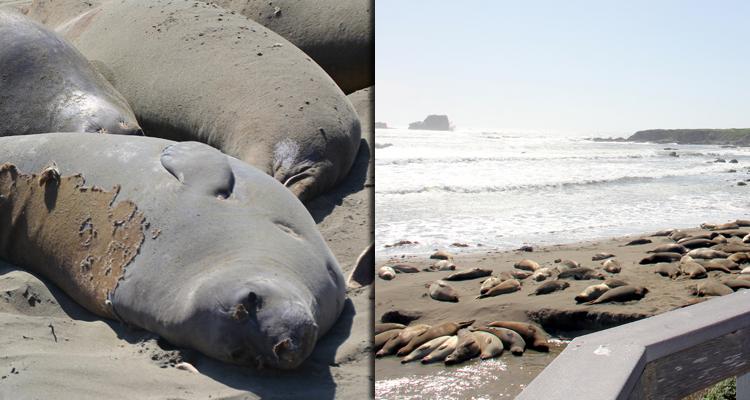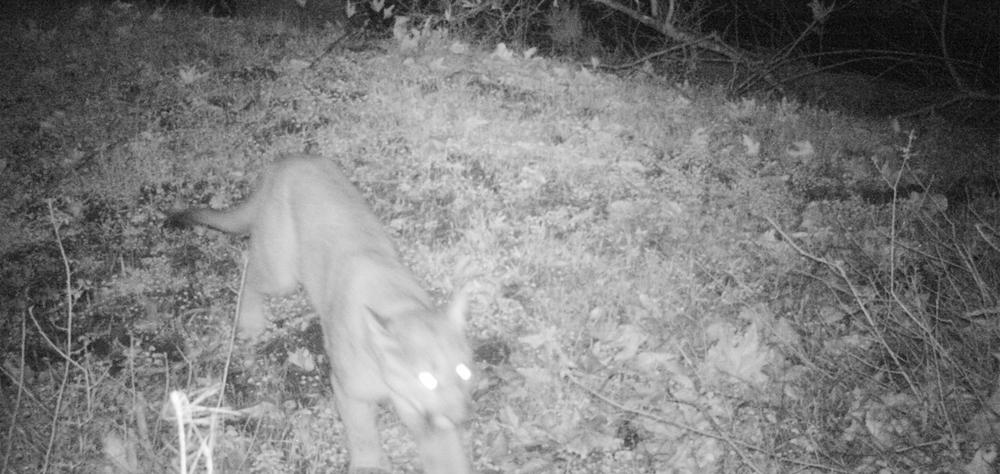The potential for fire looms over Daou Vineyards and Winery and the rest of Paso Robles wine country.
Photo by Austin Brumblay
By Austin Brumblay
Special Contributor
Journalism 201A
Thousands of lives were changed forever for Northern California residents as hyper-aggressive wildfires consumed neighborhoods in minutes. Â
The social, economic and environmental impacts were tremendous as the fires claimed 8,400 structures and displaced over 100,000 residents.
“The average [number of fires] is going up [in the county] unfortunately,†said Bob Murach a volunteer firefighter in Santa Margarita.
As the state mourns, the wake of this devastation has prompted a serious question for San Luis Obispo County residents: What can be done to prevent this disaster occurring in California’s sister wine-country?
In terrain that mirrors Sonoma County, SLO must be vigilant about fire prevention and fire safety. Â
“The county has already seen an average of four fires a month this year, up from three last year,†Murach said.
With the cause still unknown for the northern California fires, precautions are highly encouraged for the county even as the peak fire season comes to an end. Â
“Lately the culprit of wildfires has been [vehicles] dragging chains…and many of the personal calls being cooking related,†Murach said.
The separation of hazardous dry landscape from the home helps form a deterring barrier if a fire does arise.
“Keep dry bushes away period,†Murach stressed.
As residents make the seasonal shift to cooler days and longer nights, fireplaces across the county will be keeping homes warm. Never leave a fire unattended and have chimneys properly inspected before use.
Most importantly, have a plan — if there’s a fire, be ready to leave.
“…Have what you want to save easily accessible and ready to go at all times.  Practice getting yourself and your family out of your dwelling in less than 15 minutes,†he said.
Many Northern California residents had about 15 minutes to react to the unexpected blaze, but that window of time was not enough to prevent the 42 deaths.
The sudden devastation up north occurred from the turbulent 70 mile per hour plus winds that roared the fiery-tornado through the quiet neighborhoods. Â
While nowhere near the property destruction, residents in San Luis Obispo’s lush vineyard acreage witnessed a fire that shared many of the same qualities back in 1994. Â
“Back in the [Highway] 41 fire, where it came down through Tassajara Canyon probably rivaled those speeds… we always have the propensity to have tragic fires and the odds are pretty good in a given year,†Murach recalled.
While the recent past has shown for the possibility of aggressive wildfires to arise in SLO’s backyard, the population density is great as northern California and the mass housing destruction risk is limited in comparison to the Sonoma and Napa communities.
Murach explained that the most common mistake people make is being stubborn about leaving their home.
“When an evacuation is declared, you evacuate,†Murach exclaimed.
If a fire occurs, responders establish a plan to most safely and effectively contain the threat and boundaries are set for areas that will and will not be protected.
When someone decides to try to ride out the risk, the priorities of the firefighters suddenly change.
Instead of fighting the fire on their agenda, they now must attempt to protect the tenant and their residence, which can jeopardize the lives of all involved. Â
Often, the inhabitants are not known to be in the home as the fire department assumes that all homes declared for evacuation are empty. Â
“It isn’t worth the risk, get out while it’s still safe.  We don’t always know that you’re still in there until it’s too late,†Murach plead.
The historic fire season was an eye-opener for many as mother nature showed how communities can be scorched in a flash.
Firefighters across the county are learning from this year to make sure a loss of this magnitude doesn’t happen again. Â
“An informed community is the best way to fight it,†Murach said. Â
For more information on fire prevention and fire planning go to: Â http://www.preventwildfireca.org/ Â
Austin Brumblay produced this multimedia piece while being a student in JOUR 201A – Beginning Reporting and Writing.
This and other courses in the Journalism & Digital Communication Department offers students the opportunity to get their work published.



